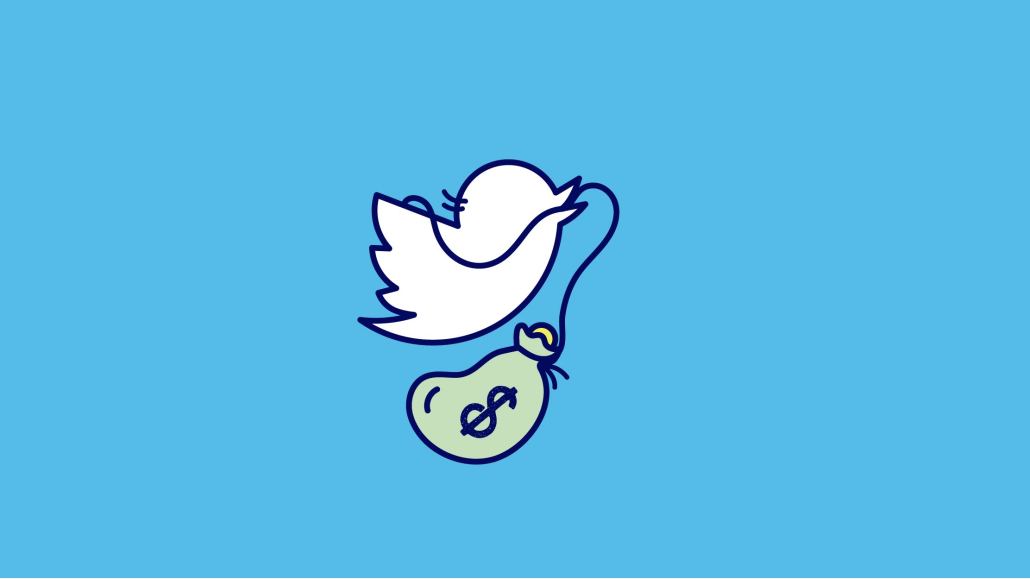Connect with execs from The New York Times, TIME, Dotdash Meredith and many more
Elon Musk targets smaller advertisers by forcing them to pay for verification to run ads on Twitter

Twitter CEO Elon Musk is now forcing advertisers that don’t meet a certain spend threshold to pay for verification to run ads on the platform, sending marketers into chaos without time to prepare.
On Friday April 21, Twitter sent an email to advertisers stating that from today, advertisers accounts “must have a verified checkmark or subscribe to either Twitter Blue or Verified Organizations to continue running ads on Twitter.”
The email continued by saying that business accounts which are currently spending a minimum of $1,000 per month already have gold checks or will soon, and will “continue to enjoy access to advertising without interruption at this time.”
So: if a marketer isn’t spending at least $1,000 per month on Twitter, they will need to pay for verification to still run ads, or find another platform. Smaller-to-medium sized advertisers have been warned.
“I think it’s going to harm smaller brands that don’t have those big budgets and they have to think very carefully about where to spend every penny,” added Samantha Robinson, social media marketing manager at SJR Social Media. “They will just spend elsewhere.”
This latest update comes at a time when the industry is going through a downturn and there are already fewer ad dollars to go round. So marketers are looking for easy ways to cut or save budgets.
For most small and medium-sized businesses, spending $1,000 per month on Twitter alone isn’t feasible. Especially when that same ad budget can be allocated to Meta, TikTok, and even Snapchat, Pinterest and YouTube — all platforms that don’t have any barriers to access, said Jack Moore, head of social at Hatch Group.
Meta and Google, for example, require advertisers to verify themselves, but don’t charge for it.
Moore fully expects to see the vast majority of businesses look to other social platforms with fewer hurdles to jump over. Similarly, Bryan Armit, senior social media manager at tigerbond said the high threshold for ad spend could stop small businesses from exploring the platform altogether.
“This really feels like an assault on smaller businesses who don’t have ad spends in excess of $1,000 per month,” said Armit.
And the message is clear: Musk wants to make the platform a pay to play now. And this is the next stage of that quest.
While marketers might be frustrated by the move, some don’t necessarily see it as a bad thing.
Other media platforms already do this. The only difference is, those charges are often bundled into larger fixed fees, meaning clients often don’t see them itemized in this way, but they’re likely still paying for them.
“This is just bringing Twitter in line with the charges advertisers on lots of other platforms have to contend with,” explained fractional marketing director Liz Le Breton. “Ultimately the advertising part of any platform is a business and [Musk is] just restructuring [Twitter’s] pricing model — I don’t find it that outrageous.”
And she’s right. Chances are, bigger brands and agencies are likely already verified anyway and spending more than the required $1,000 per month on Twitter as it is. And if they aren’t, the $8 per month (or $84 annual) cost for Twitter Blue, for example, won’t make that much difference to their overall budgets. And it could even be a good move — if verified business users get a better service.
“My feeling is there’s a knee jerk reaction that having to pay for access in order to advertise is mad,” said Paul Fairbrother, business owner of The Fairbrother Agency. “But it’s not a big deal. Assuming it’s the $8 [per month for Twitter] Blue that is.”
Which is a fair assessment. Ever since Musk changed the concept of Twitter’s blue checkmark from verifying a user to leveling the playing field whereby the blue checkmark now only identifies who has paid to subscribe to the platform, advertisers, celebrities and users have all been up in arms. In their eyes, of course, why should they have to now pay for something they always had for free?
Musk has had a rather negative relationship with advertisers, having pretty much disregarded them altogether since he took over Twitter last October. And at a time when he’s just started talking to the industry in a bid to potentially build back those bridges, this latest move, in some cases, could put another wedge between them.
“[Musk] makes bold moves and stands by them so you’ve got to give him that,” said Robinson. “He’s probably thinking about how he’s making back his investment [by charging advertisers to use the platform.”
More in Marketing

In Graphic Detail: Inside the state of the creator economy industrial complex
The creator economy might have started out as an alternative to traditional media, but is becoming more and more like it as it professionalizes.

Shopify has quietly set boundaries for ‘buy-for-me’ AI bots on merchant sites
The change comes at a time when major retailers like Amazon and Walmart are leaning into agentic AI.

WTF is ‘Google Zero’?
The era of “Google Zero” — industry shorthand for a world where Google keeps users inside its own walls — is here.








